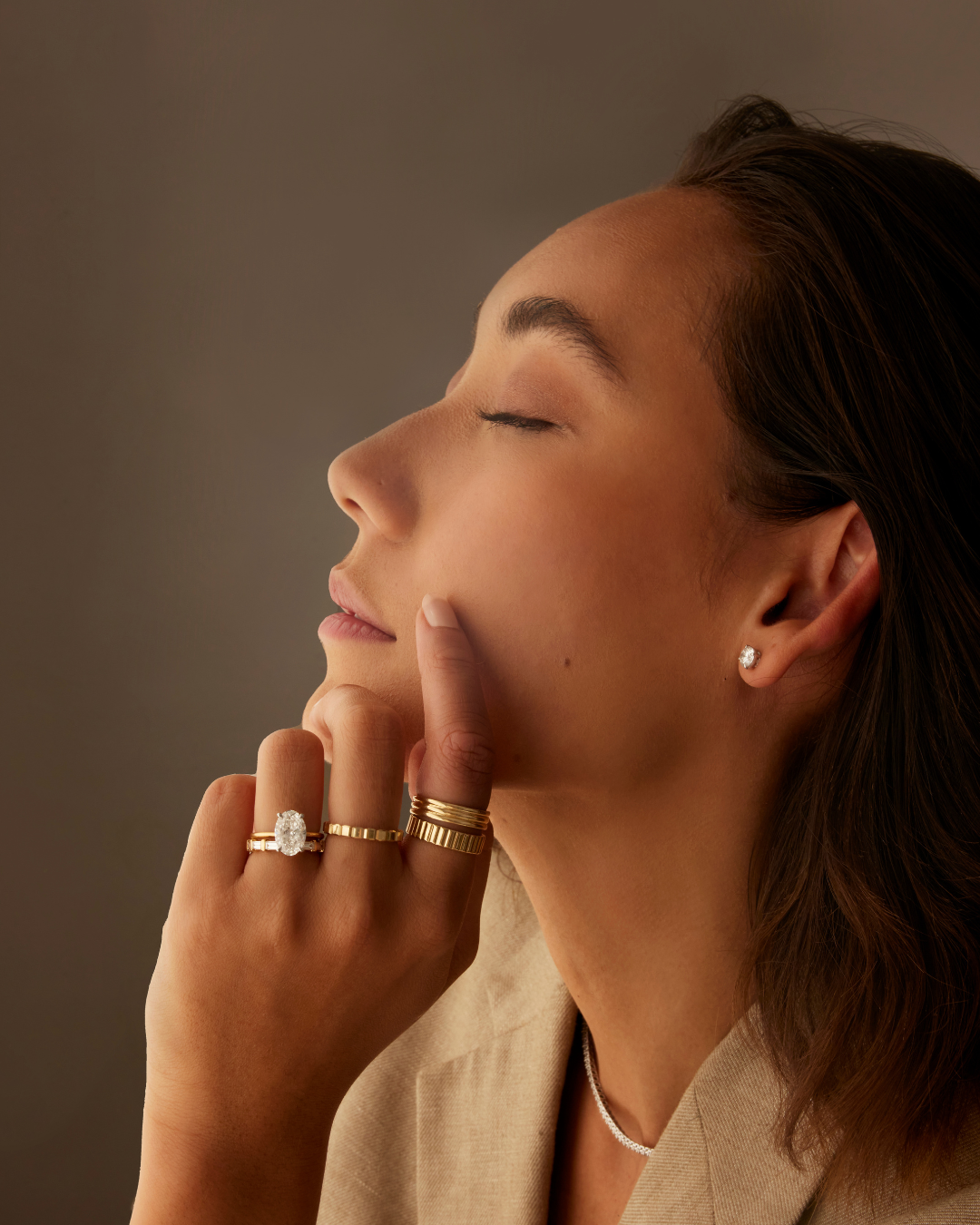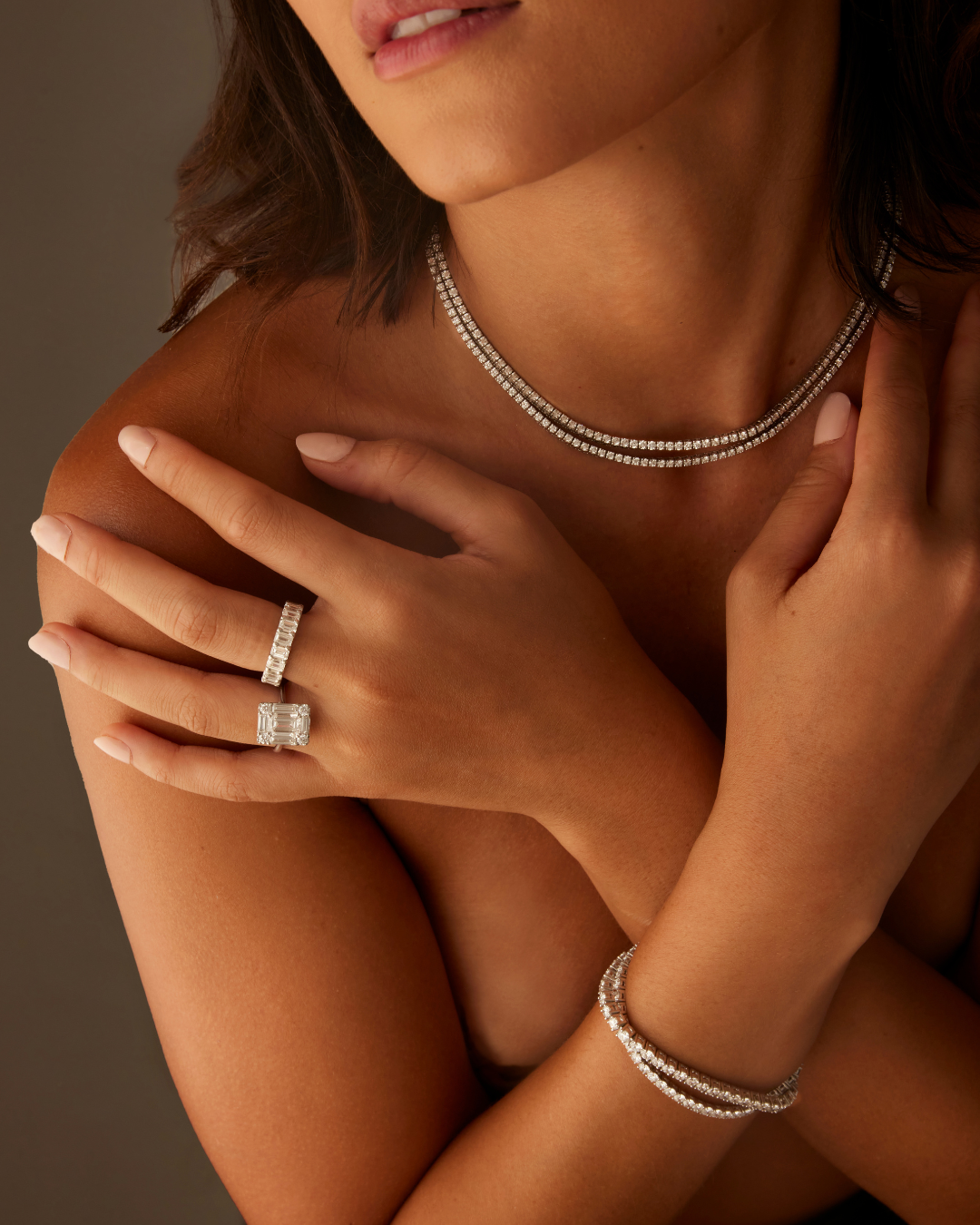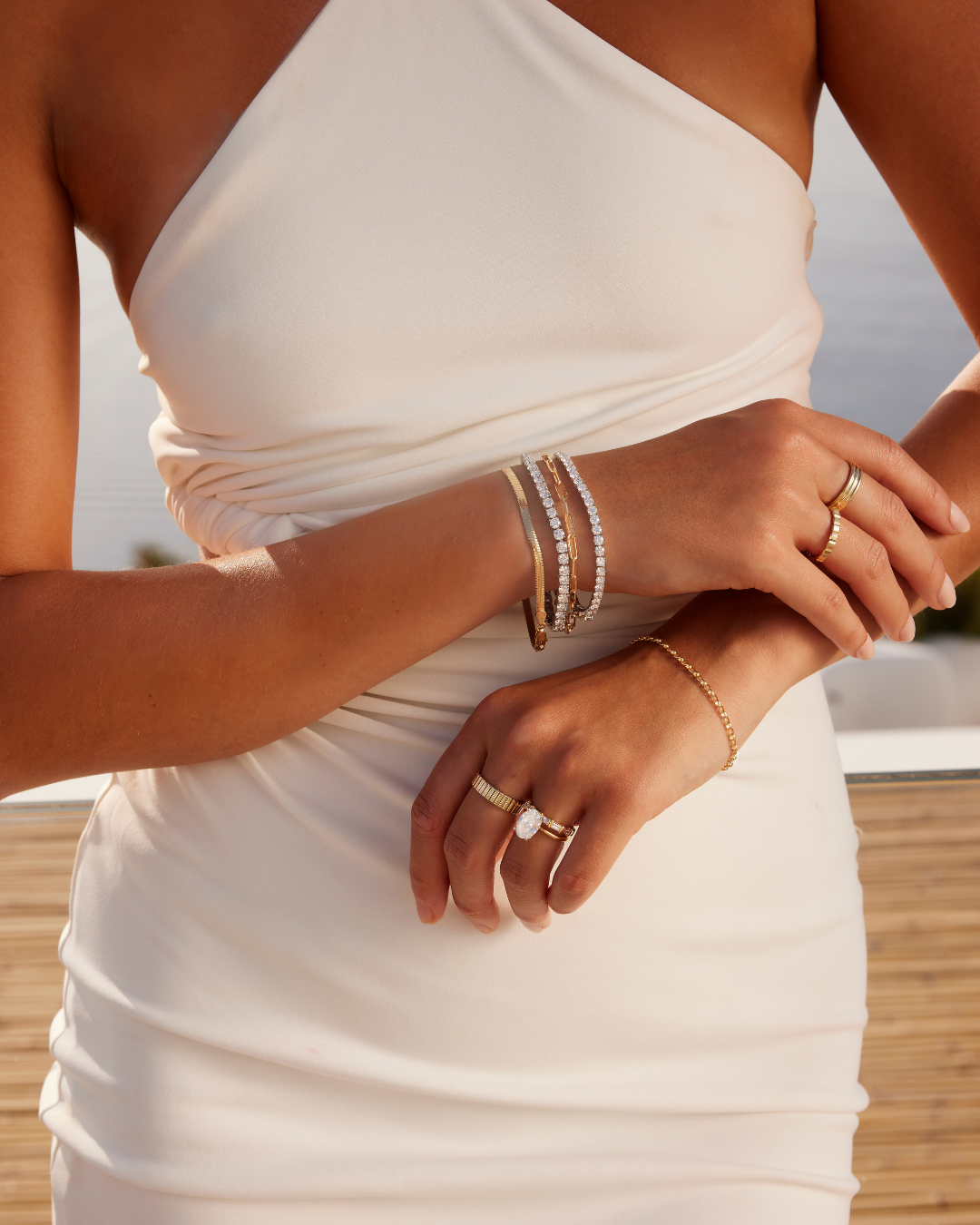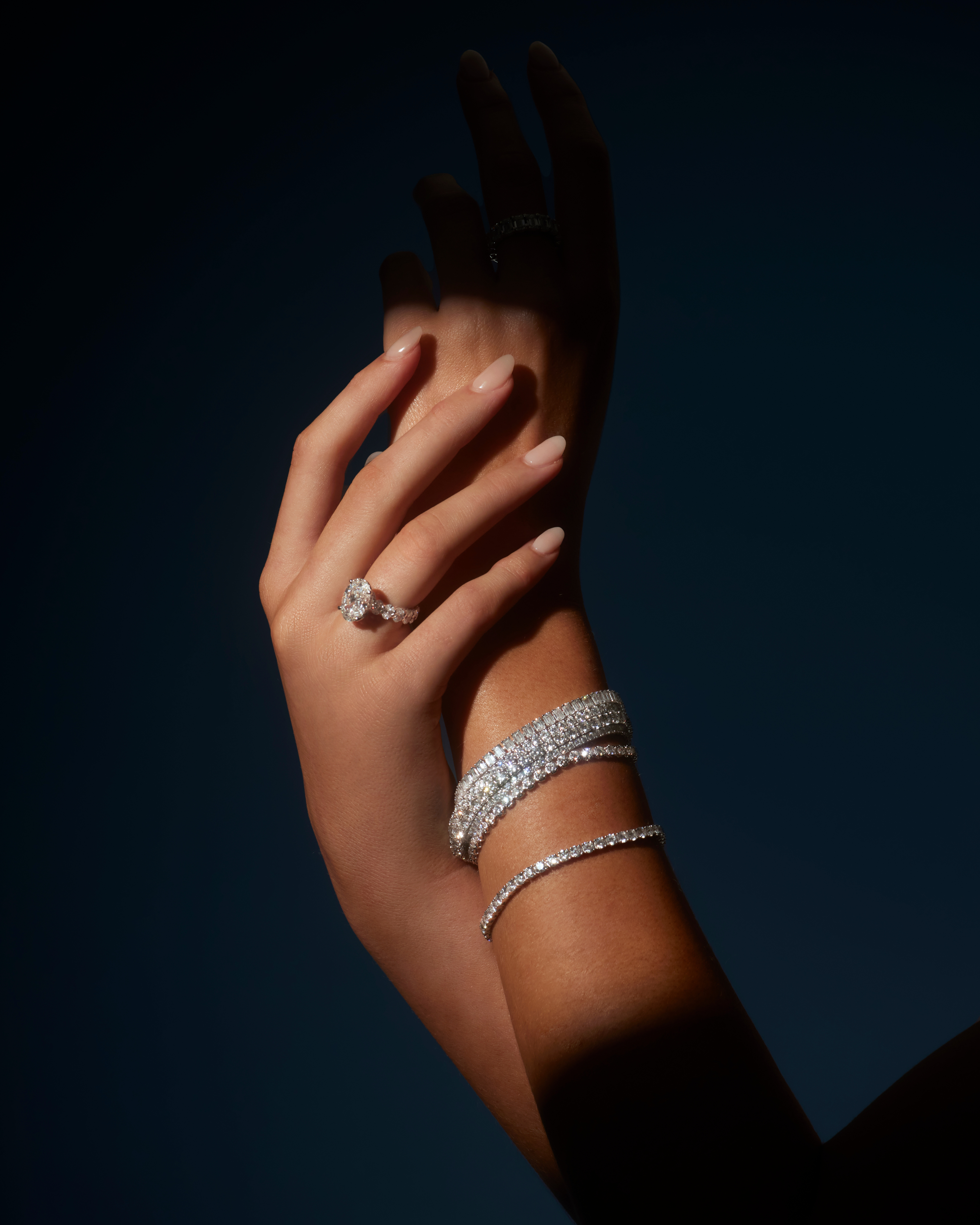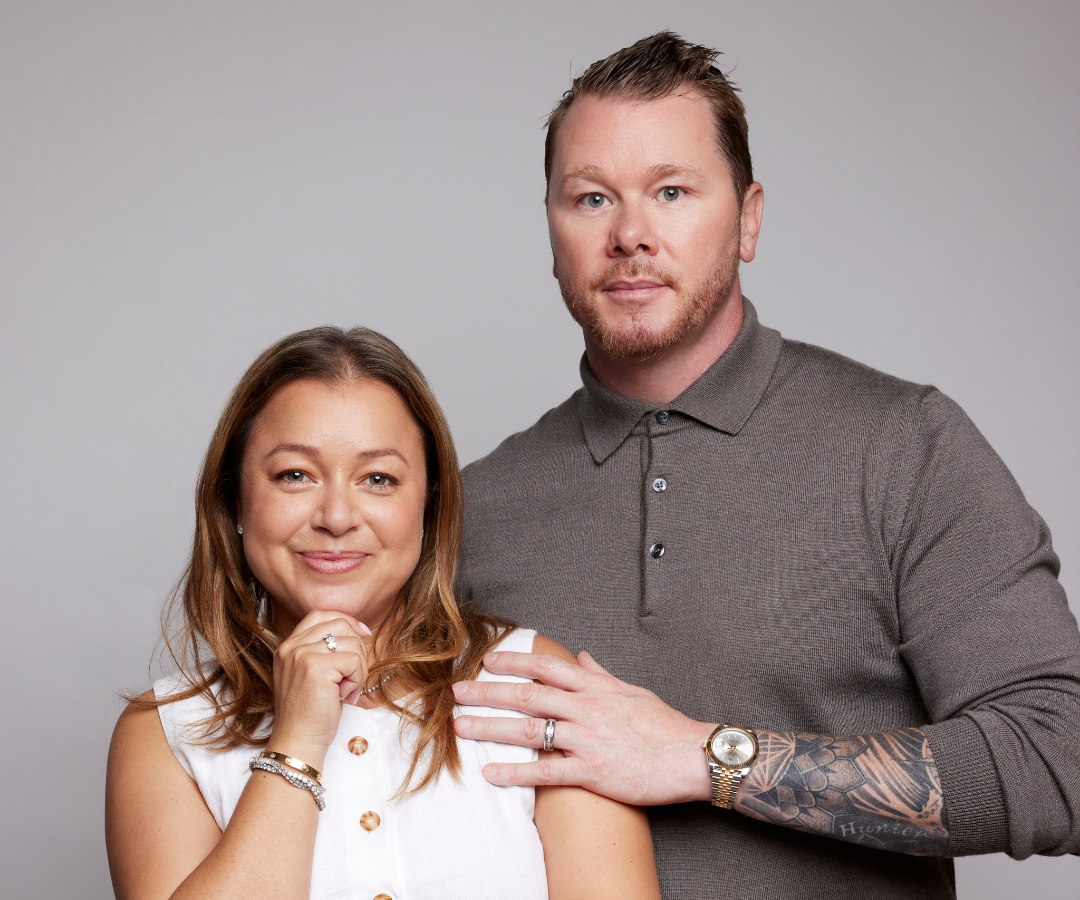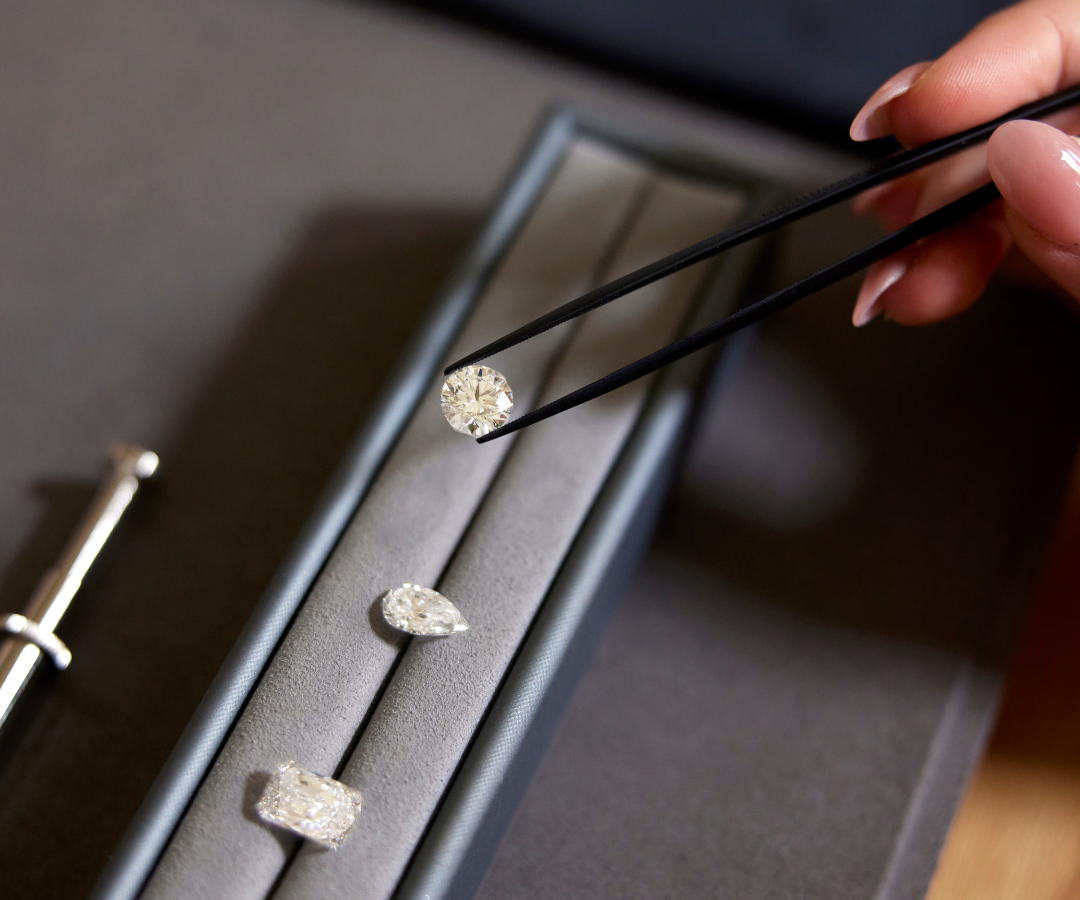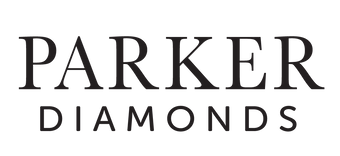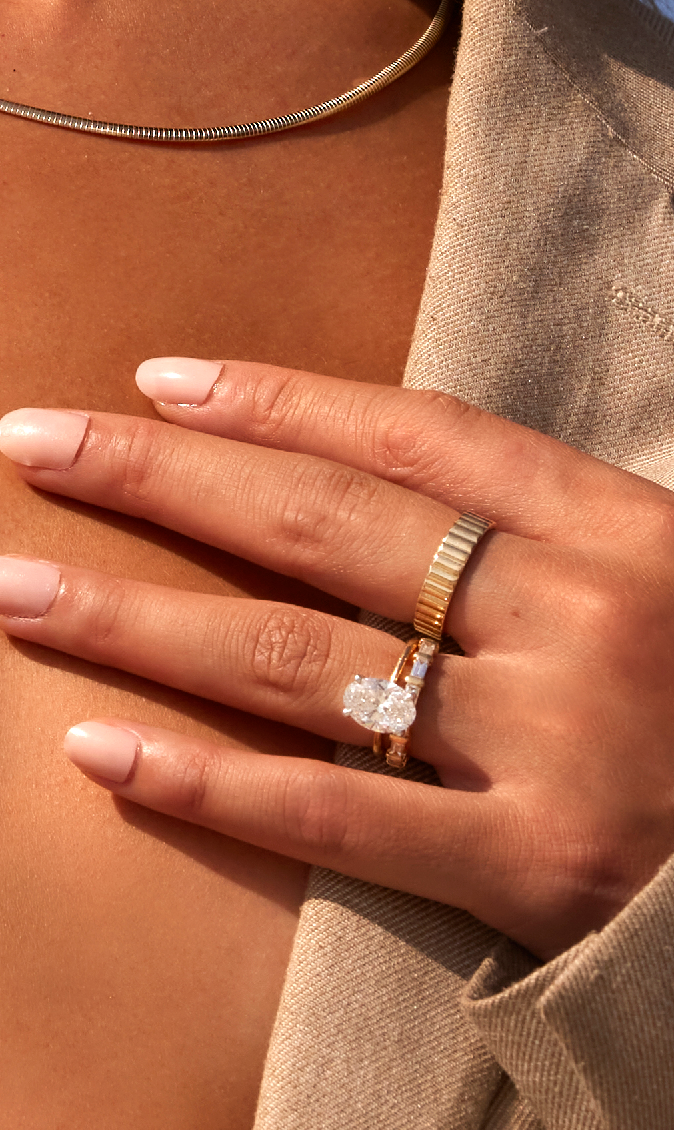
Information on the 7 C's
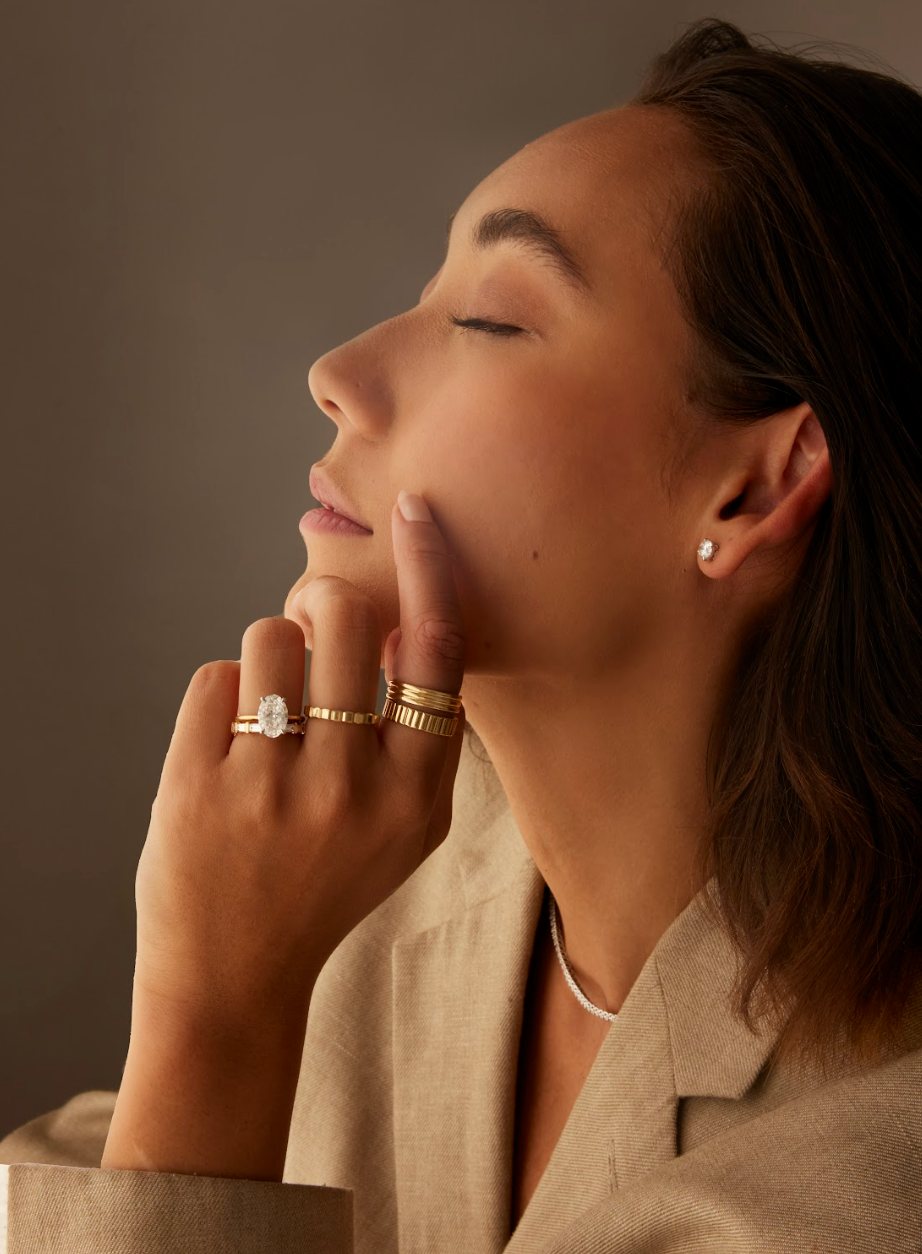
Have you ever wondered what differentiates one diamond from another? This can be broken down into 7 key factors, which we refer to as the 7 Cs. Cut, Colour, Clarity, Carat Weight, Certification, Credibility and Confidence all play an important role in the quality and price of your Diamond. Discover more about each below.
Cut
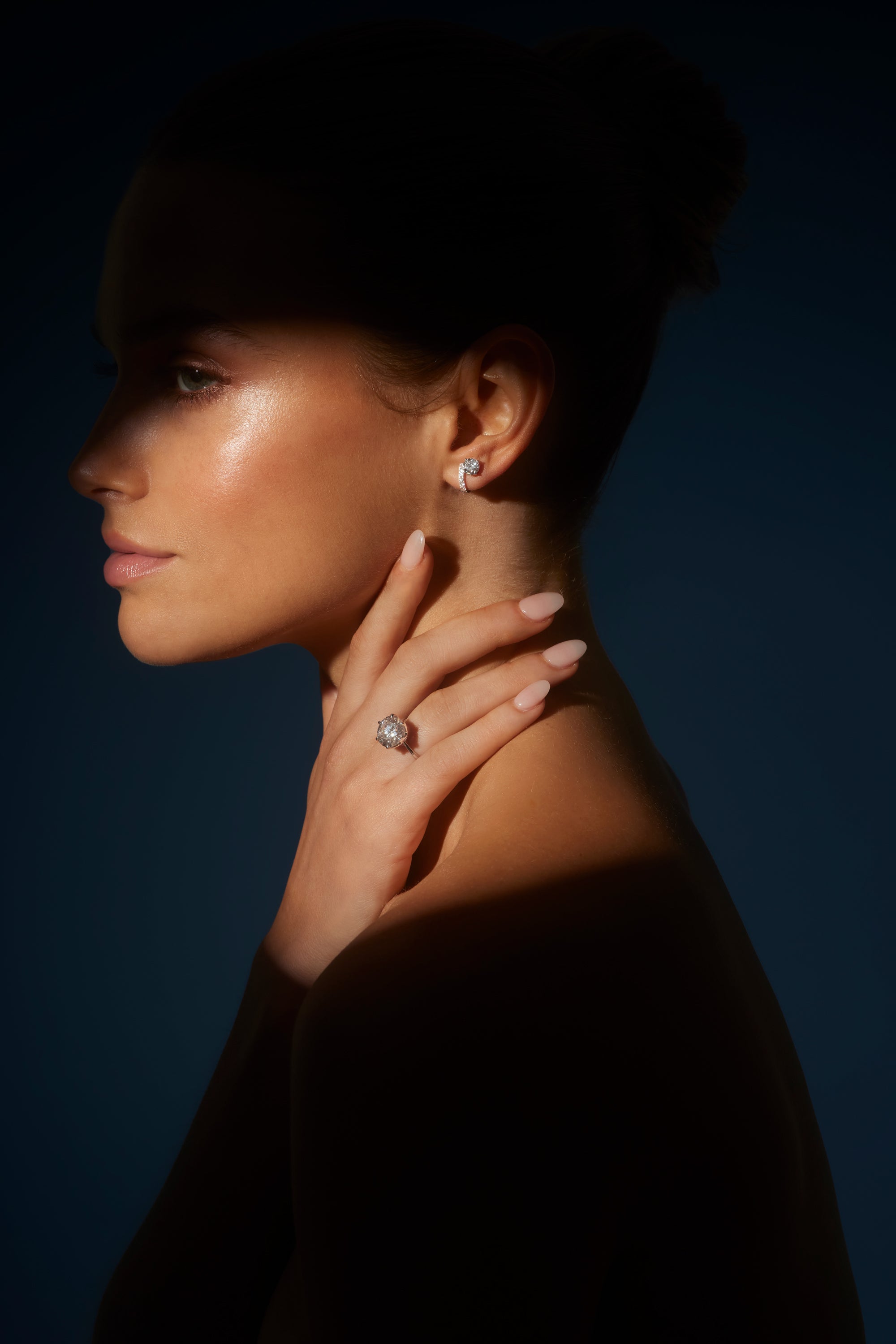
Cut not only refers to the shape of a diamond, but more importantly to its proportions. When assessing a raw diamond, an experienced diamond cutter must determine which shape best suits the stone. The shape chosen determines the number of facets a finished diamond will have. Light reflects through the facets producing its brilliance.
The proportions and finish grade of a diamond establish the quality of the cut. The finish grade testifies to the workmanship of the diamond polisher. It refers to the symmetry of the facets and its overall finish. The best cut diamonds also have the right proportions between the different parts of the diamond.
If these proportions are not optimal, the fire and brilliance of the diamond is affected, and undesirable visual effects might occur
Colour
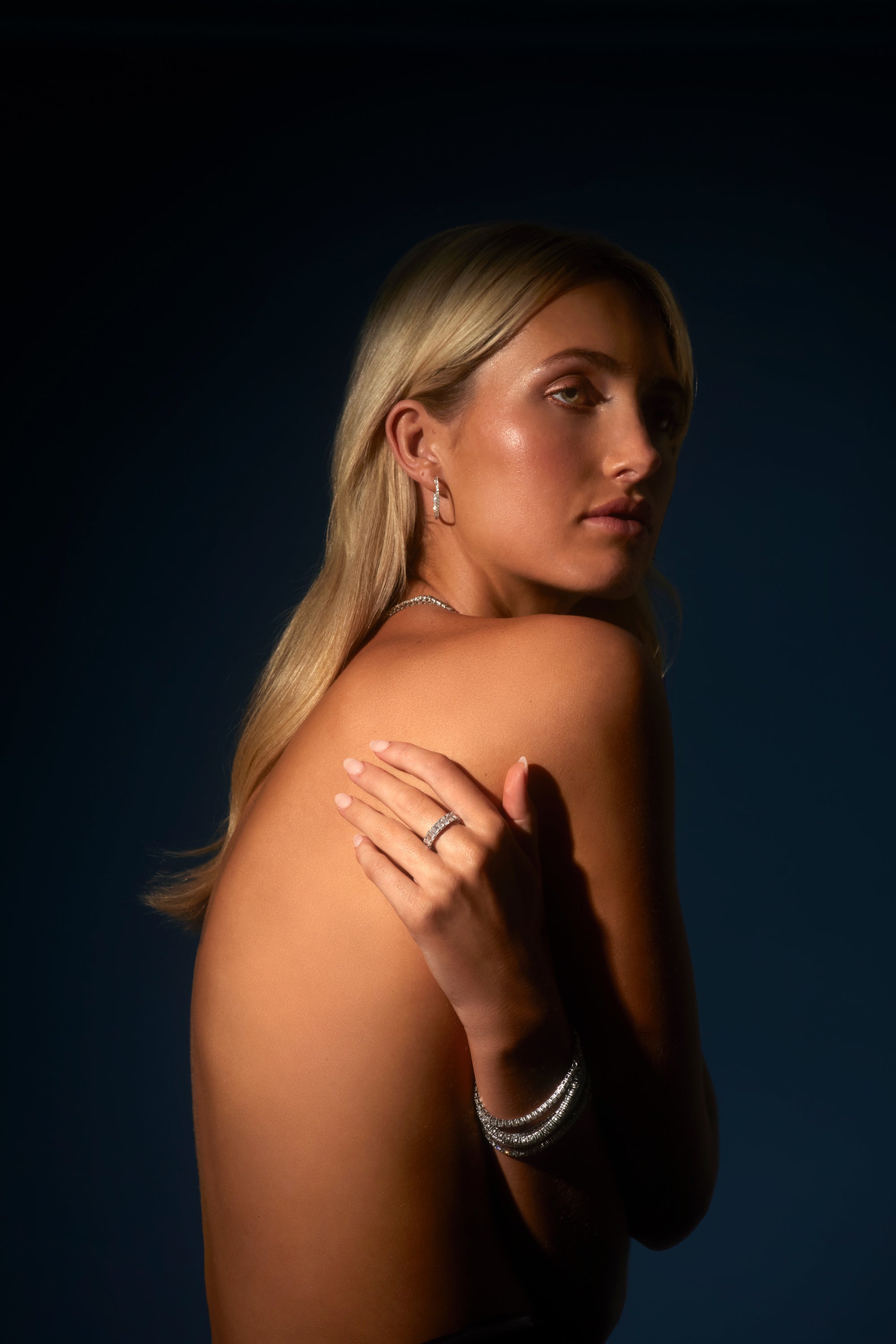
The majority of diamonds that are mined are in a range of pale yellow or brown color that is termed the normal color range. Diamonds that are of intense yellow or brown, or any other color are called fancy color diamonds. Diamonds that are of the very highest purity are totally colorless, and appear a bright white. The degree to which diamonds exhibit body color is one of the four value factors by which diamonds are assessed.Grading the Normal Color Range refers to a grading scale for diamonds in the normal color range used by internationally recognized laboratories (GIA for example). The scale ranges from D which is totally colorless to Z which is a pale yellow or brown color. Diamonds in the normal color range are graded loose, with the table facet facing downward and pavilion side upwards. When color grading is done in the mounting, other techniques will apply and the grade will usually be expressed as a range (for example F-G) “D” color has a unique “icy” look to it. Diamonds that rate toward the colorless end of the range are sometimes known as “high-color” diamonds, and those toward the other end, “low-color” diamonds. These terms refer to the relative desirability (as demonstrated by market prices) of color grades, not the intensity of the color itself.
Clarity
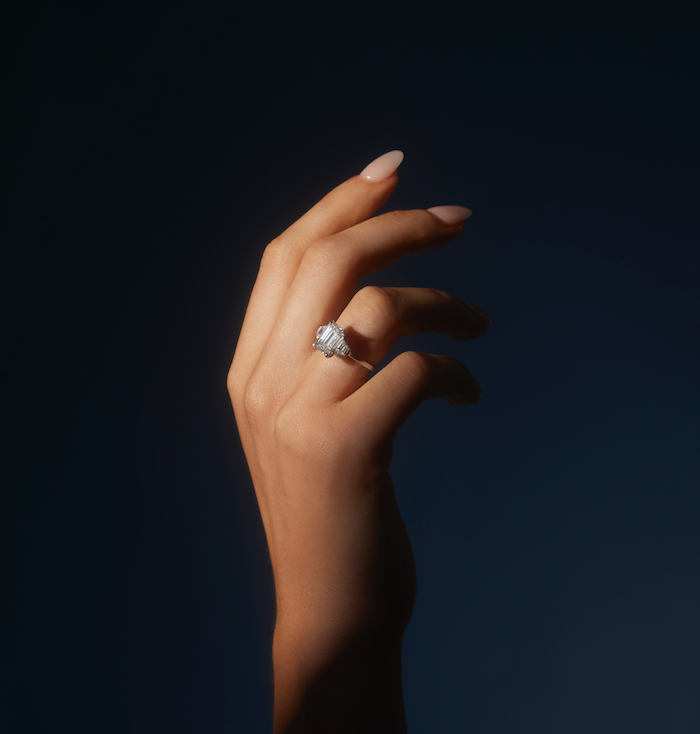
These are called inclusions, and include surface defects called blemishes. Inclusions may be crystals of a foreign material orstructural imperfections such as tiny cracks that can appear whitish or cloudy.The number, size, color, relative location, orientation, and visibility of inclusions can all affect the relative clarity of a diamond.
A clarity grade is assigned based on the overall appearance of the stone less than 10x magnification.Most inclusions present in gem-quality diamonds do not affect the diamonds’ performance or structural integrity. However, large clouds can affect a diamond’s ability to transmit and scatter light.
Large cracks close to or breaking the surface may reduce a diamond’s resistance to fracture.Diamonds with higher clarity grades are more valued, with the exceedingly rare “flawless” graded diamond fetching the highest price. Minor inclusions or blemishes are useful, as they can be used as unique identifying marks analogous to fingerprints. In addition, as synthetic diamond technology improves and distinguishing between natural and synthetic diamonds becomes more difficult, inclusions or blemishes can be used as proof of natural origin.
Carat Weight
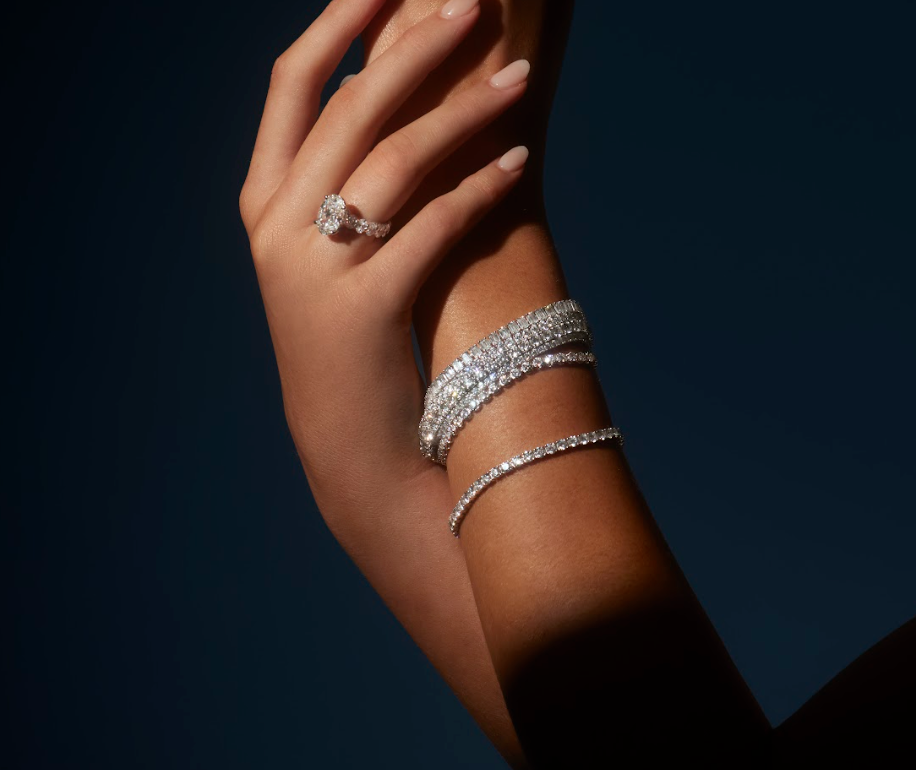
The carat weight measures the mass of a diamond. One carat is defined as 200 milligrams. The point unit-equal to one-hundredth of a carat (0.01 carat, OR 2 MG) is commonly used for diamonds less than one carat. All else being equal, the price per carat increases with the carat weight, as larger diamonds are both rarer and more desirable for use as gemstones.
The price per carat does not increase smoothly with increasing size. Instead, there are sharp jumps around milestone carat weights, as demand is much higher for diamonds weighing just more than a milestone than for those weighing just less. As an example, a 0.95 carat diamond may have a significantly lower price per carat than a comparable 1.05 carat diamond, because of differences in demand and due to the rarity of finding gem quality diamonds in larger sizes.
Certification
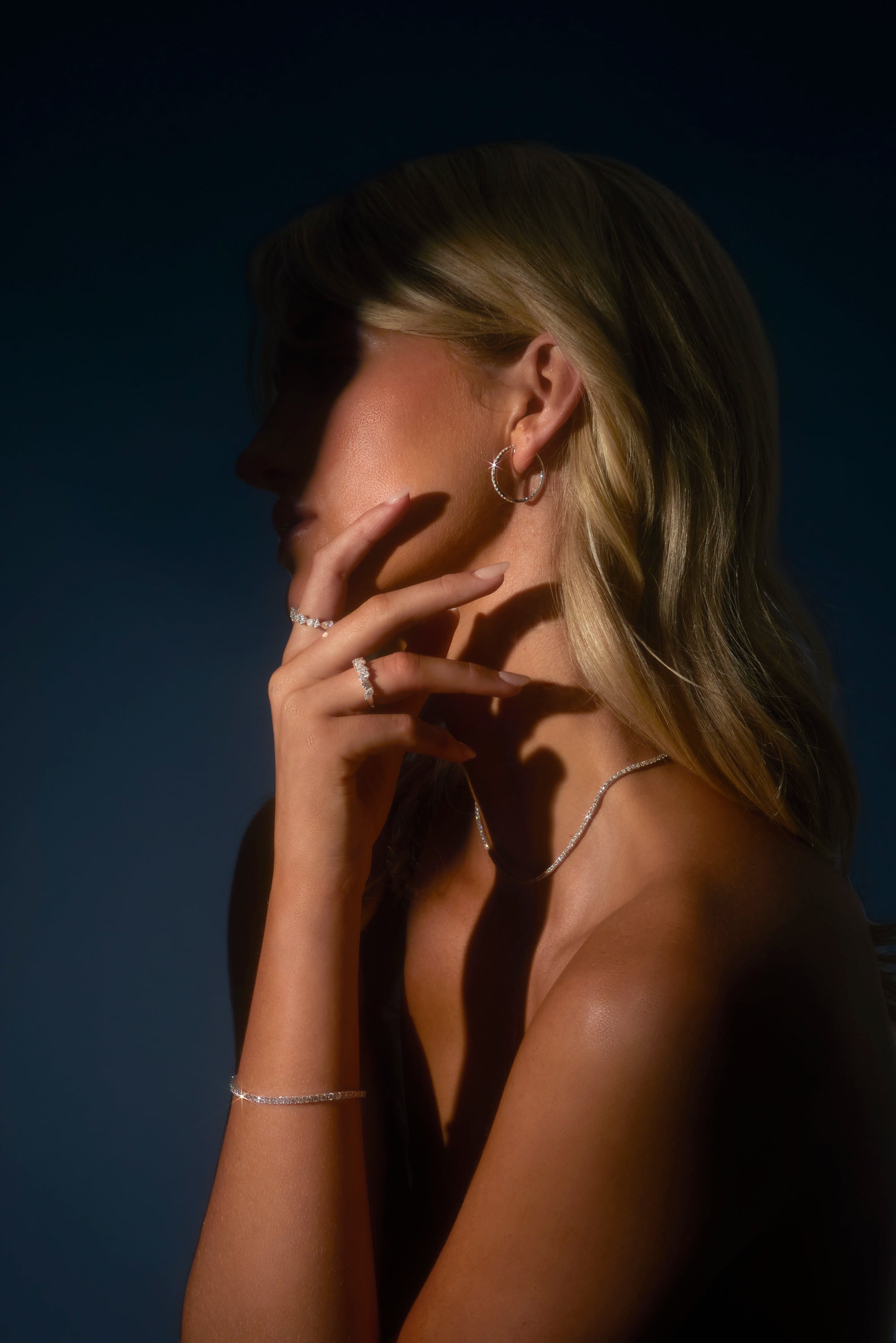
These certificates outline the details of the stones, the 7 C’s and details the technical specifications of the stone.
Credibility
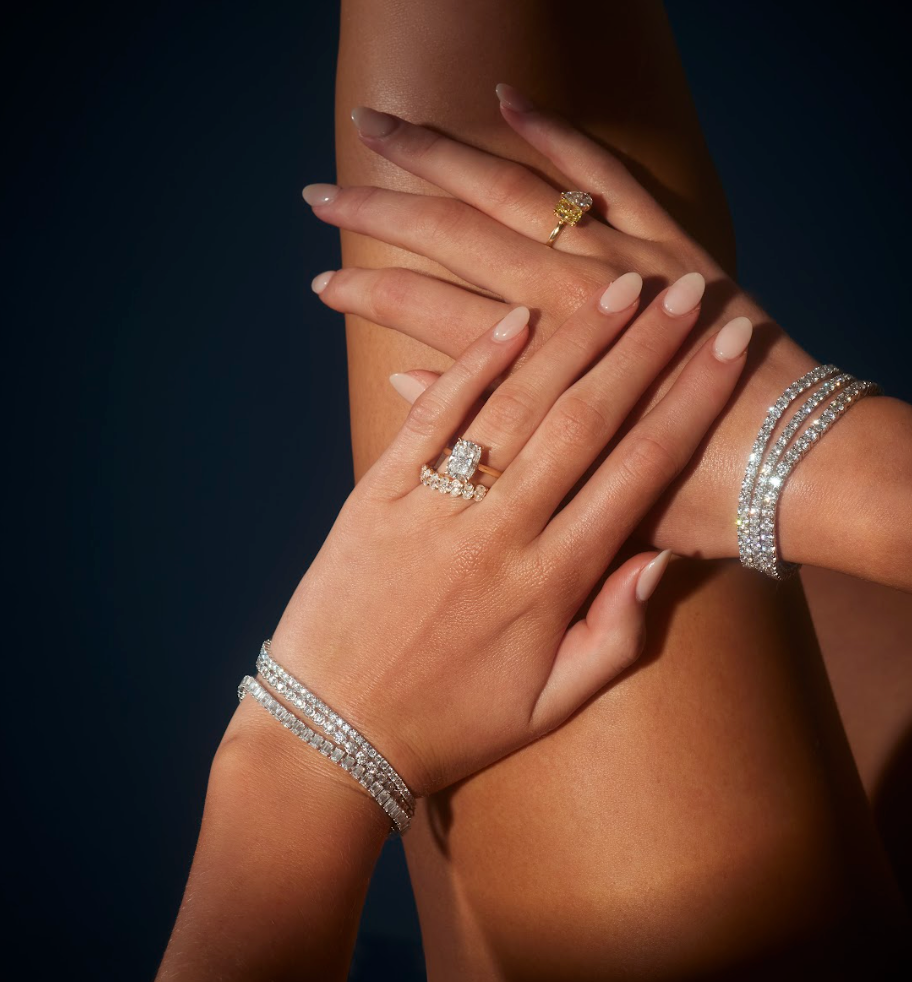
You need to be 110% confident in the people you deal with. You can be with us because we genuinely care that you are happy and completely satisfied with your purchase. We love what we do nearly as much as you love each other so be confident with us.
Confidence
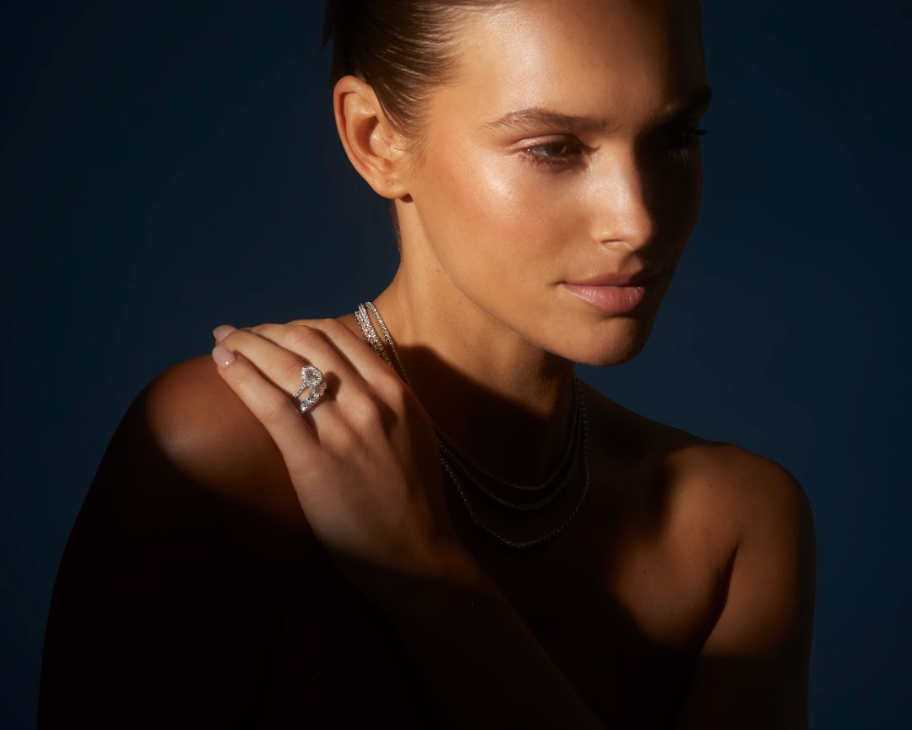
Seeing that the experience of choosing one’ s engagement ring is full of so many emotions and feelings as well as completely overwhelming, it is so important that when it comes down to choosing the right one, you as the couple have the utmost confidence in your diamond expert and jeweler. In turn, we, as your jewellers are very confident that we will assist you in choosing the perfect, magical diamond that will be so beautifully suited.
At the core of our business, we are dedicated to sourcing natural mined diamonds that are GIA certified. These remarkable stones not only serve as timeless symbols of love and commitment but also possess unique characteristics that ensure each diamond is one-of-a-kind.
Our lab created diamonds are grown from diamond seeds of pre-existing diamonds. With advanced Technology may that be either extreme pressure and heat (HPHT) or a special deposition process known as CVD – mimics the method of natural diamond formation. A lab diamond can only be distinguished from natural diamonds using specialised equipment that can detect the minor differences in trace elements and crystal growth.
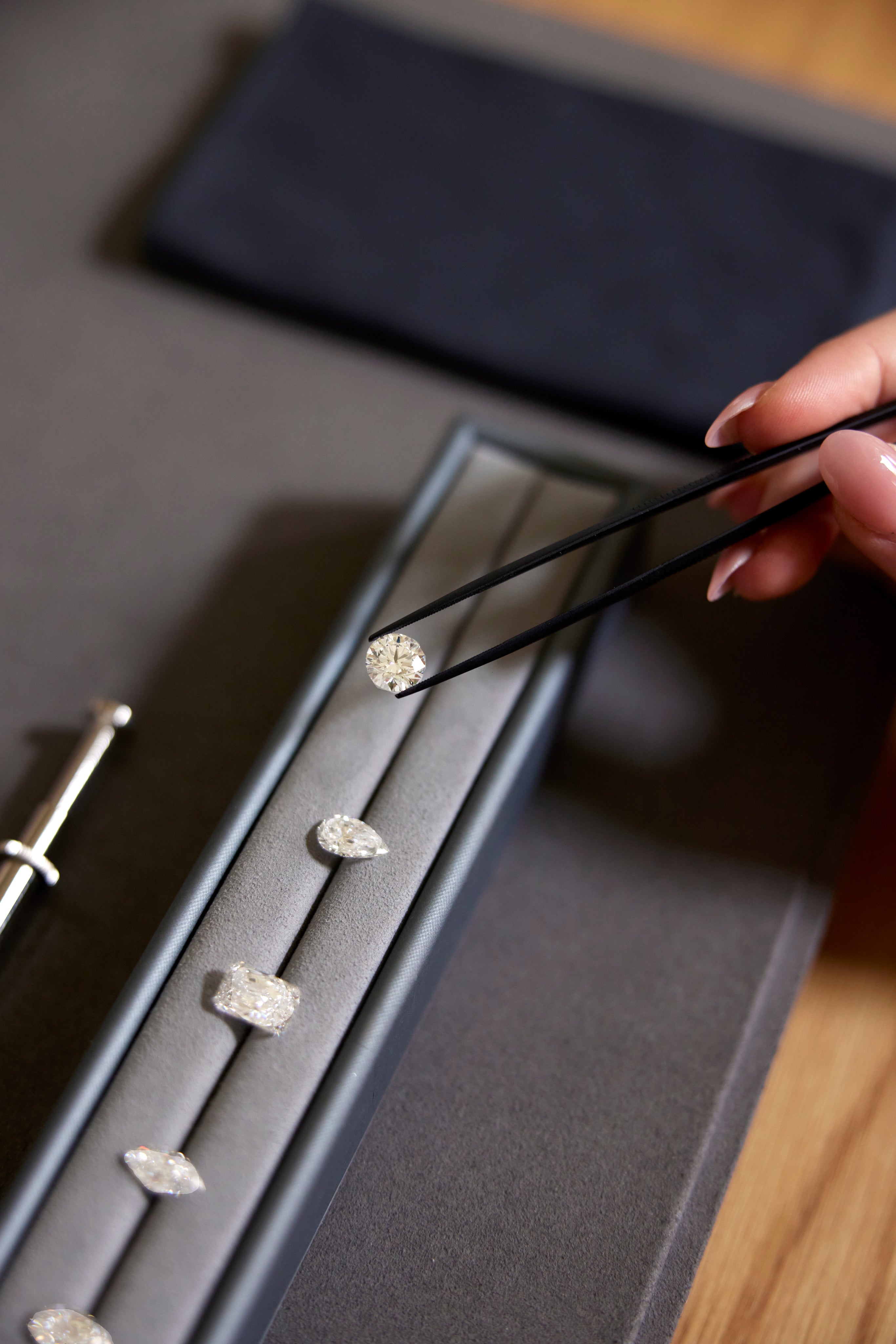
We have a custom made facility where our clients can work with our 3-D CAD Designers to create their dream ring designs & bring them to life - no design is too difficult! We also make use of world class casting facilities, along with the best jewellers & diamond setters in the industry
The choice of setting is crucial for showcasing the beauty of natural diamonds, with popular styles including solitaire, halo and our grace design. Each style enhances the diamond's brilliance while reflecting personal style, ensuring a unique and stunning ring.
Our Lab Grown Diamond Engagement ring settings will always be created with Lab Grown side diamonds. We create all our Lab Grown Engagement rings using high quality E/F Colour -VS+Clarity stones to match your IGI certified Centre Diamond.
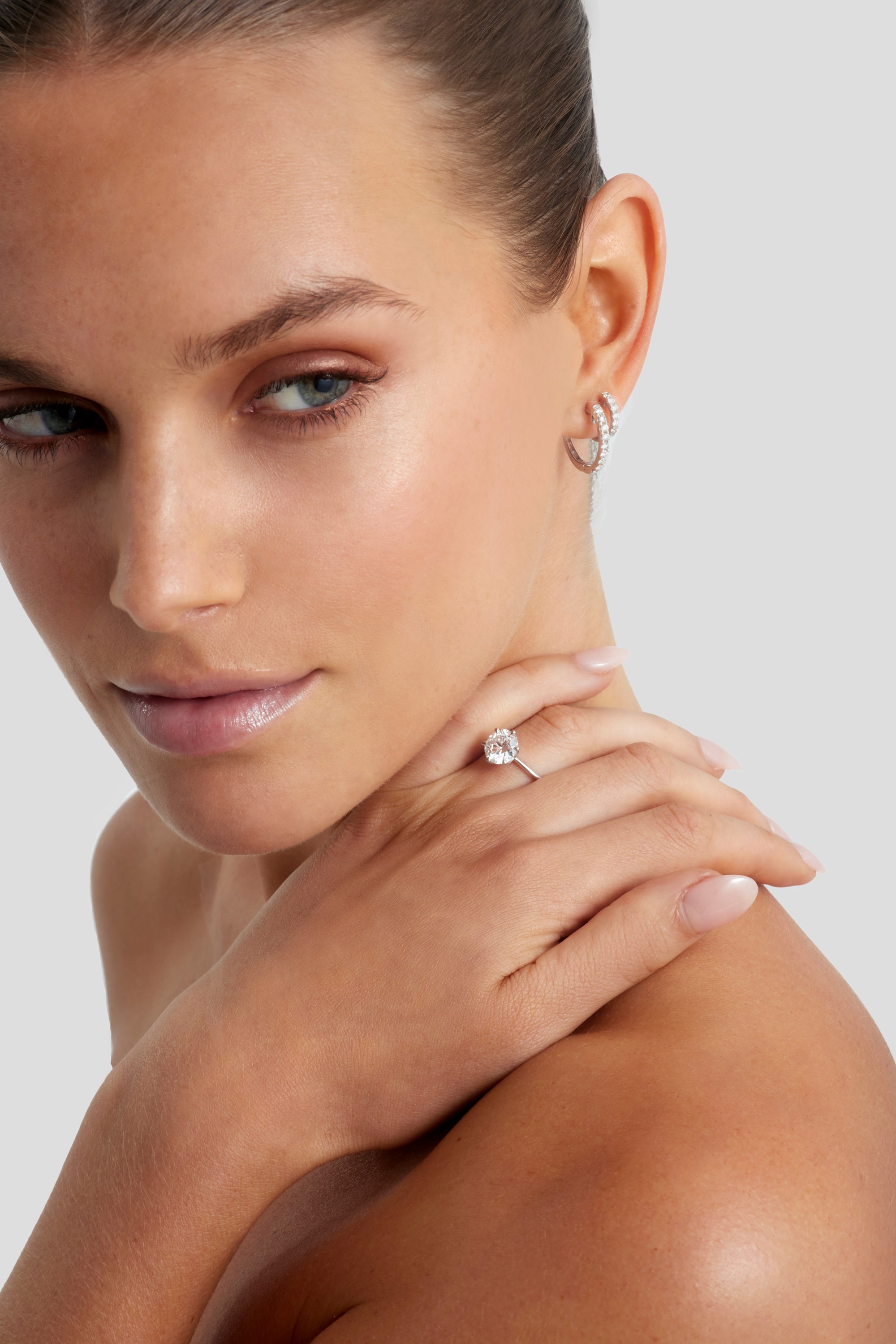
It is important to note that there are major distinctions between lab diamonds and diamond simulants. Diamond simulants, such as moissanite and cubic zirconia look similar to diamonds but they are not true carbon crystals and have double refractive where diamonds have single refractive. Simulants do not have the same chemical and physical properties as natural diamonds and therefore sell at much lower prices than lab grown diamonds. You can see the difference of a Simulant versus a natural or lab grown diamond by only using the naked eye.
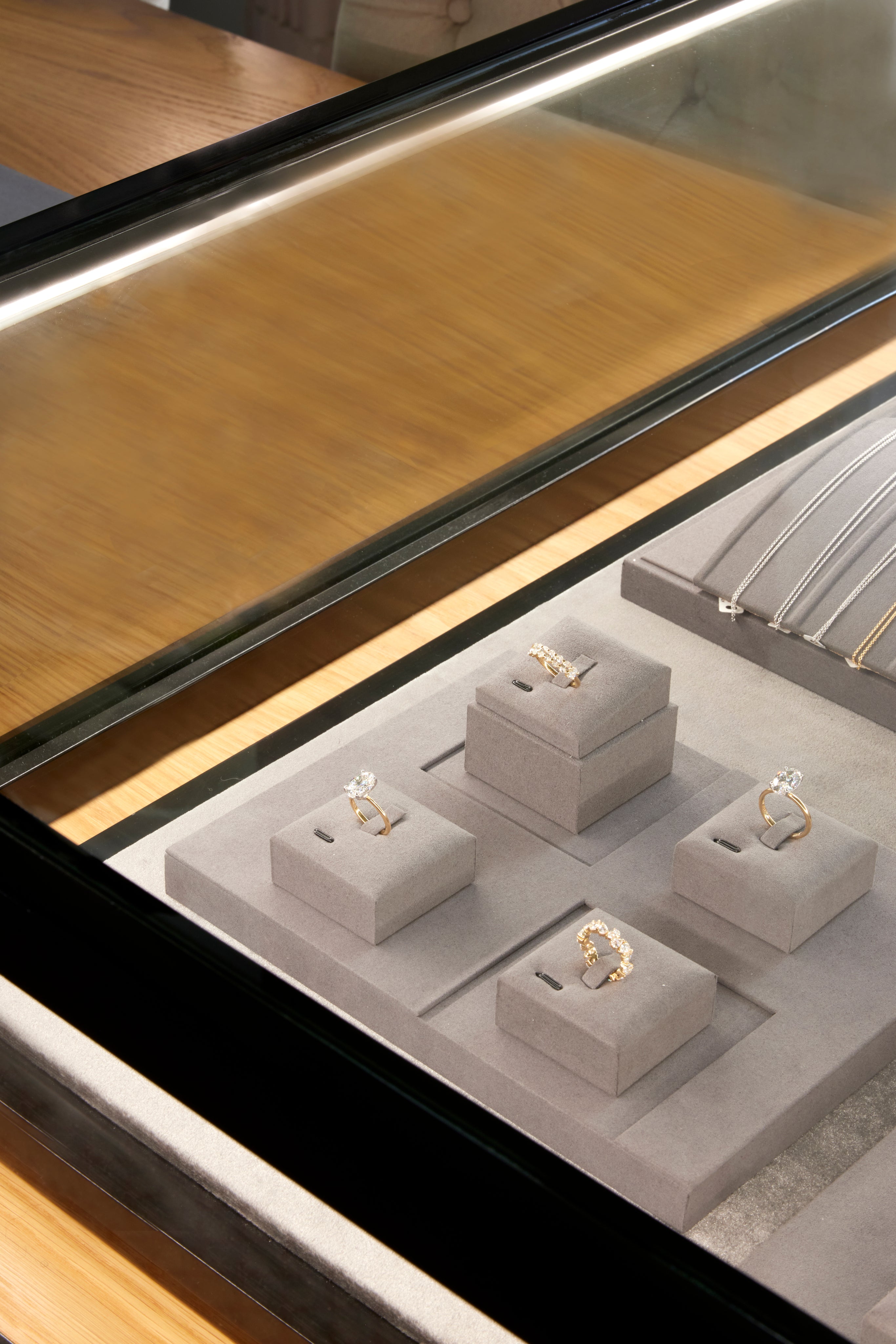
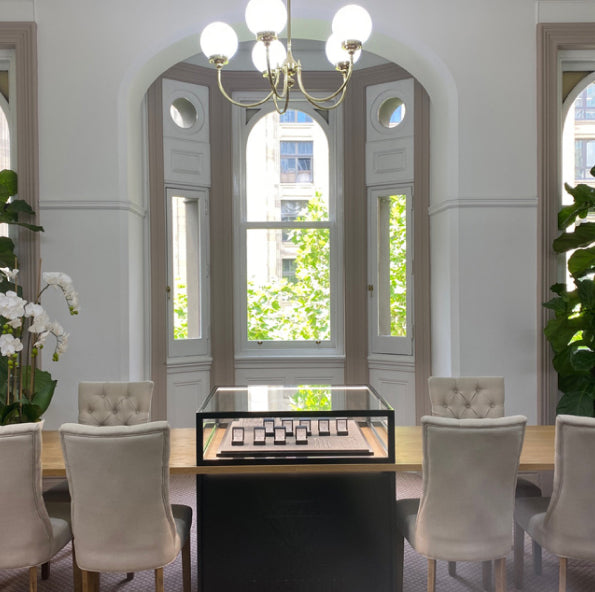
Book an appointment
The Iconic Block ArcadeLevel 2, Suite 202C/282 Collins St, Melbourne VIC 3000




